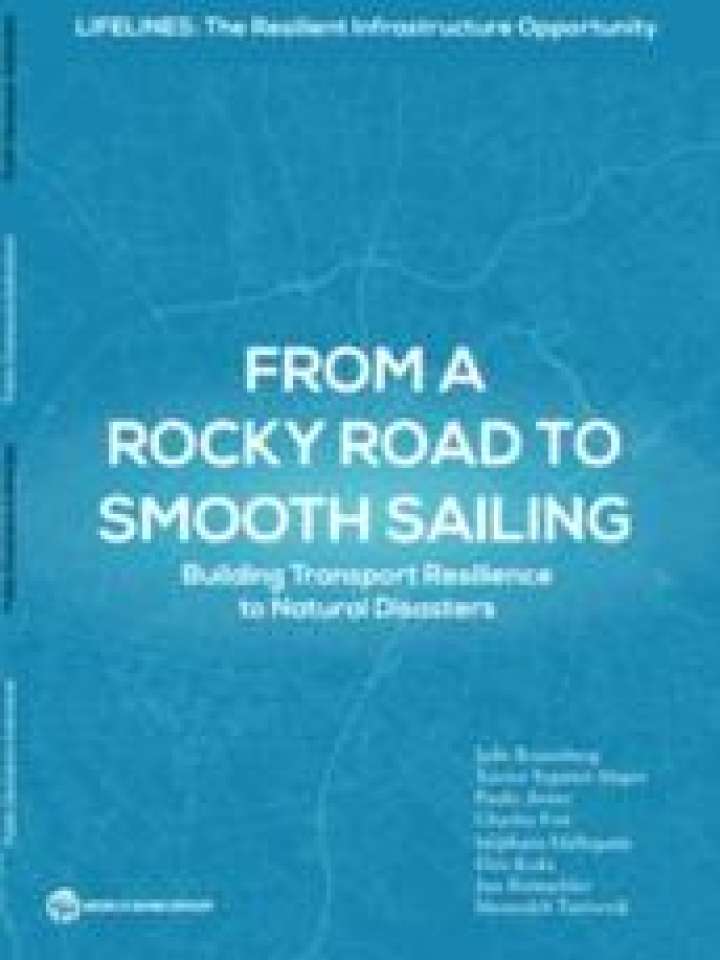From a rocky road to smooth sailing: Building transport resilience to natural disasters
Reliable transport infrastructure is one of the backbones of a prosperous economy, providing access to markets, jobs and social services. Sustainable Development Goal 9 (SDG9) calls for increased access to sustainable transport infrastructure in low- and middle-income countries. Collectively, these countries will need to spend between 0.5 percent and 3.3 percent of their GDP annually (US$157 billion to 1 trillion) in new transport infrastructure by 2030 – plus an additional 1 percent to 2 percent of GDP to maintain their network – depending on their ambition and their efficiency in service delivery.
Because of the wide spatial distribution of transport infrastructure, many transport assets are exposed and vulnerable to natural hazards, increasing costs for national transport agencies and operators. During the 2015 floods in Tbilisi, Georgia, the repair of transport assets contributed approximately 60% of the total damage cost. In the 1995 earthquake in Kobe, Japan, accessibility as measured by the length of open networks directly after the shock dropped by 86% for highways and by 71% for railways. Such transport disruptions necessarily have direct impacts on the local economy. Employees face difficulties commuting, access to firms is disrupted for clients, interruptions in the supply chain inhibit production, and finished products cannot be easily shipped.
This paper, prepared as background material for the Lifelines report on infrastructure resilience, summarizes the main findings on the risk faced by transport networks and users as a result of natural disasters and climate change, and the main recommendations for building more resilient transport networks. It starts by describing how transport disruptions affect firms and households either directly and through supply chains. It then proposes a range of approaches and solutions for building more resilient transport networks, showing that the additional cost of resilience is not high if resources are well spent. Finally, it provides a set of practical recommendations.
Explore further
